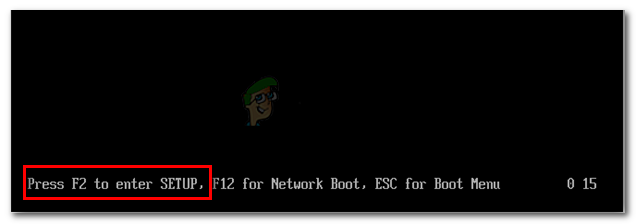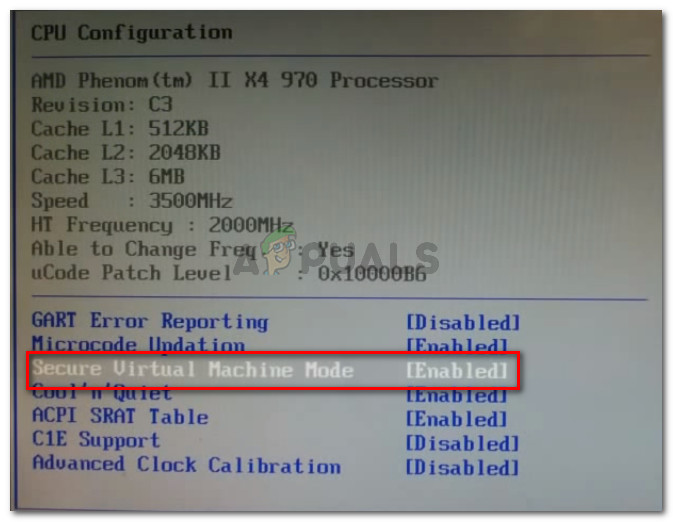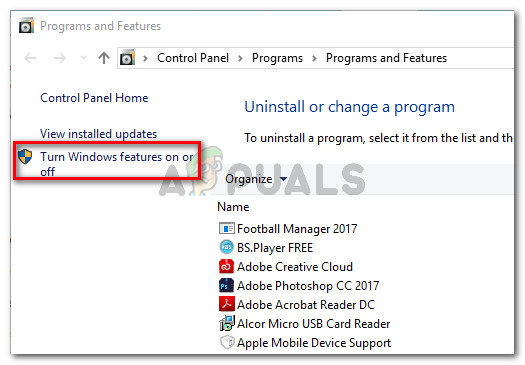How to Fix the AMD-V is Disabled in the BIOS Error on VirtualBox?
When trying to start a virtual machine on VirtualBox, the error “AMD-V is disabled in the BIOS (VERR_SVM_DISABLED)” usually indicates the virtual machine won’t start. This occurs because the AMD-V feature, which supports virtualization on AMD CPUs, is turned off in the system’s BIOS or by the host operating system. The main reason is that hardware virtualization is not enabled in the BIOS, which is necessary to run 64-bit virtual machines or use multiple CPU cores in a virtual machine.

Other possible reasons include system updates that alter BIOS settings or conflicting software settings, like Hyper-V being enabled in Windows.
In this article, we will discuss solutions to this problem.
1. Enable AMD-V in the BIOS settings
Enabling AMD-V in your BIOS activates your CPU’s built-in virtualization features. This is important because VirtualBox needs these features to efficiently run 64-bit operating systems and manage workloads using multiple CPU cores. Without AMD-V enabled, you might encounter issues when trying to set up or run virtual machines that require these capabilities.
However, the process to access BIOS varies based on the motherboard manufacturer. During initial startup, press the Setup key—typically one of the F keys (F2, F4, F8, F10, F12) or the Del key (for Dell machines). If you cannot find the Setup key, look for a prompt during the startup sequence or search for instructions specific to your motherboard brand.

After entering BIOS, locate the Secure Virtual Machine Mode entry and make sure it’s set to Enabled. This option is typically found under Advanced > CPU Configuration. Save your changes and exit BIOS.

Note: The precise location of this option might differ depending on your motherboard model. If you cannot find Secure Virtual Machine Mode, look for AMD IOMMU and switch it to Enabled within the AMD I/O Virtualization Technology menu for users with Acer motherboards.
Remember that a simple restart won’t enforce the change; a cold boot is required. Power off your machine completely and allow it to boot from the beginning.
After rebooting, open the previously affected virtual machine within VM VirtualBox to check if the error has been resolved.
2. Disable Windows Hyper-V
Hyper-V, a virtualization tool in Windows, can prevent other programs like VirtualBox from accessing hardware virtualization, causing the AMD-V error. Disabling Hyper-V allows VirtualBox to use your system’s virtualization features, which is important for running 64-bit virtual machines.
- Press Windows + R, type “appwiz.cpl” and press Enter.

- Click on Turn Windows features On or Off.

In Programs and Features, click on Turn Windows Features On or Off - In the Windows Features window, locate the Hyper-V entry and make sure the box next to it is unchecked. Click OK to confirm your changes.

Uncheck the box associated with Hyper-V - Restart your computer and check if the error has been fixed at the next startup.
3. Change the number of CPU cores to 1
By reducing the number of virtual CPU cores to 1, you can avoid needing AMD-V, which is necessary for using multiple cores in VirtualBox. Even without hardware virtualization, VirtualBox can still run a virtual machine with a single core.
- Open Oracle VM VirtualBox, right-click on the malfunctioning machine, and select Settings.

- In your virtual machine’s Settings, navigate to the System tab on the left-hand menu, then to the Processor tab. Drag the slider for Processor(s) to 1 CPU and click OK to save the change.

- Close the settings menu and restart your virtual machine, which should now boot without displaying the error.
4. Change the Version to Windows 7 or Windows 2003 (if applicable)
When you set the version to Windows 7 or Windows 2003 in VirtualBox, it adjusts the virtual machine to work without needing advanced features like hardware virtualization (AMD-V). These older operating systems require less from the system and don’t depend much on AMD-V, which might be turned off in your BIOS.
- Launch VM VirtualBox and right-click on the machine affected by the error, then choose Settings.

Right-click on the affected machine and click Settings - In the Settings menu, access the General sub-menu, then the Basic tab. Change the Version using the dropdown menu to either Windows 2003 or Windows 7 and click Ok to confirm the adjustments.

Changing the image version to Windows 7 or Windows 2003 - Try to start the virtual machine once more and check if the boot process completes without the error.





